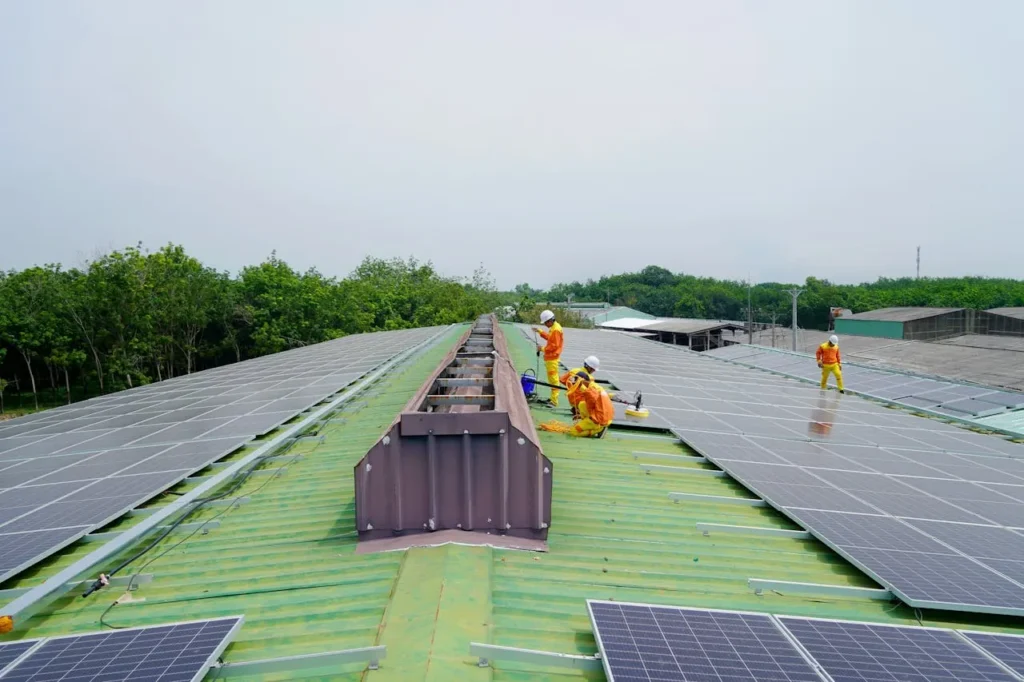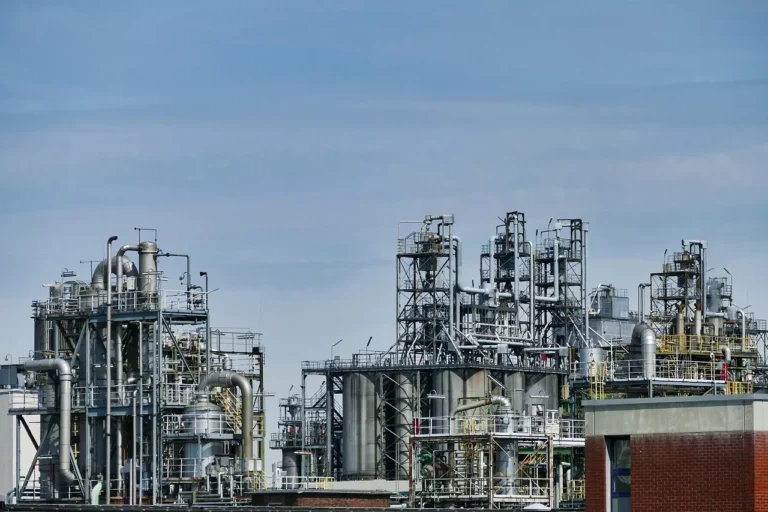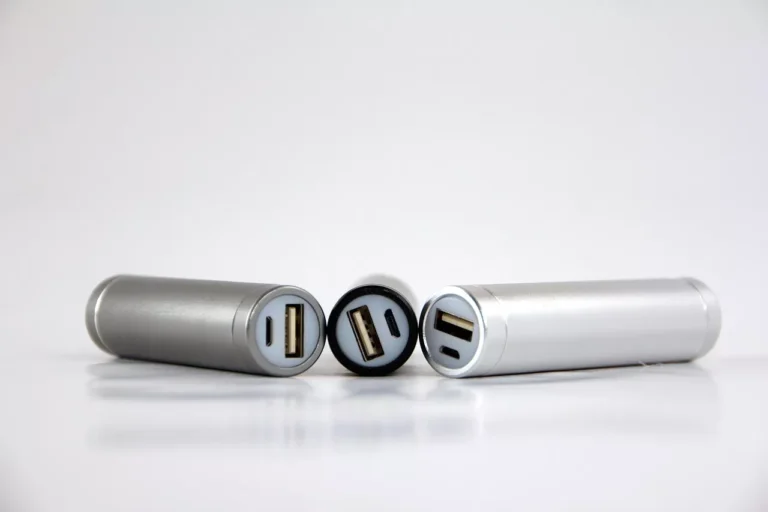
A Legacy of Innovation Meets the Future: Gilman Brothers and Budderfly Unite for Clean Energy Transformation
In a powerful alignment of legacy and innovation, The Gilman Brothers Company, a family-owned manufacturing business with roots stretching back to 1897, is taking a bold step toward a cleaner, more efficient future. The Connecticut-based producer of foamboard products has partnered with Budderfly, a leading provider of energy-as-a-service solutions, in a transformative $1.5 million solar and energy efficiency project that promises to cut electricity-related carbon emissions by 50% and significantly reduce operating costs.
This ambitious initiative not only reflects the growing demand for sustainable manufacturing practices but also stands as a beacon for how long-established companies can adapt, evolve, and thrive in the age of decarbonization.
A Partnership Forged in Innovation
Over the course of a 15-year agreement, Budderfly will implement a full suite of energy solutions at Gilman Brothers’ manufacturing facility. The expected outcomes are striking: up to 30% annual energy savings and an estimated reduction of 9,000 metric tons in carbon emissions—the equivalent of taking roughly 2,100 gasoline-powered vehicles off the road.
The collaboration underscores how modern clean energy strategies can dovetail with the needs of legacy manufacturers to bring about meaningful change. With a team of around 120 employees, Gilman Brothers is embracing a future that is not only cleaner but smarter, more resilient, and financially sustainable.
“At its heart, this project is about keeping an iconic American manufacturing business competitive and innovative, while also aligning with the climate and energy goals of our time,” said Al Subbloie, Founder and CEO of Budderfly. “It’s a privilege to support a company like Gilman Brothers, whose energy story began over a century ago, and help them take the next leap forward with solar, LED lighting, and high-efficiency HVAC systems.”
From Water Power to Solar Power: A Century-Long Energy Evolution
The Gilman Brothers Company has been more than just a manufacturer—it has been an innovator. From its humble beginnings at the end of the 19th century, it has grown to serve some of the most well-known names in retail and visual communications, producing high-quality foamboard signage and display materials used nationwide. But perhaps its most fascinating legacy is tied to energy innovation.
Back in the 1920s, when the river that powered its original mill ran dry, Gilman’s founder responded by creating his own solution: he pursued a charter to form the Bozrah Light and Power Company. That utility, born of necessity and vision, went on to provide electricity not only to the company but also to neighboring communities for decades. This act of turning adversity into opportunity cemented Gilman Brothers as a pioneer—not just in manufacturing, but in energy.
Today, the company stands at another energy crossroads. In the face of rising energy costs, environmental concerns, and the imperative to reduce reliance on fossil fuels, Gilman Brothers is once again taking decisive action.

“Today’s energy challenges are not the first ones our company has faced,” said Jeff Blanchard, Vice President of Operations at The Gilman Brothers Company. “We’ve always seen the value in having control over our energy use and sourcing. What’s changed is the complexity—it’s no longer just about cost, it’s about sustainability, efficiency, and staying ahead of the curve. That’s why Budderfly’s comprehensive model appealed to us.”
The Budderfly Model: Simplifying Energy Transformation
Budderfly is reshaping how businesses approach energy upgrades. Rather than requiring companies to manage capital investments, installation, maintenance, and optimization of energy systems themselves, Budderfly offers a turnkey model. It funds, installs, and manages advanced energy efficiency technologies—from rooftop solar and smart HVAC to LED lighting and real-time energy monitoring—so clients can focus on their core business.
For Gilman Brothers, the investment includes a robust 750-kilowatt rooftop solar system, energy-saving LED lighting across its facilities, an ultra-efficient HVAC upgrade, and intelligent motor systems equipped with variable frequency drives. All these upgrades are designed to not only lower carbon emissions but also extend equipment lifespan, reduce maintenance costs, and boost productivity.
What sets Budderfly apart is its performance-based approach: the company earns returns only when the promised energy savings are achieved. That model aligns incentives and assures clients that sustainability improvements won’t come at the expense of operational reliability or financial flexibility.
“Our goal is to take the complexity out of energy,” Subbloie added. “Manufacturers should be focused on producing quality products—not managing HVAC systems or worrying about energy analytics. We handle that for them, with results that speak for themselves.”
Economic and Environmental Benefits Aligned
Governor Ned Lamont of Connecticut lauded the partnership as a prime example of how legacy businesses and emerging energy companies can collaborate to strengthen both the economy and the environment.
“The Gilman Brothers Company has been operating its manufacturing business for more than a century in Connecticut, and I love that they’ve partnered with one of our state’s newest and most innovative companies, Budderfly,” said Governor Lamont. “This project will help reduce their overhead costs and decrease their carbon emissions. It’s a great partnership, and I hope more businesses across Connecticut follow this example.”
The state of Connecticut has set ambitious climate and energy targets, including a goal of 100% carbon-free electricity by 2040. Projects like the one between Gilman Brothers and Budderfly not only contribute to these objectives but also serve as proof points for the feasibility and scalability of private-sector-driven clean energy transitions.
A Blueprint for Other Manufacturers
Across the United States, manufacturers—especially small to mid-sized operations—are grappling with how to modernize their facilities in the face of aging infrastructure, labor constraints, and rising energy prices. Many lack the internal expertise or capital to tackle large-scale energy efficiency upgrades.
That’s where partnerships like this one can become models for replication. By demonstrating that substantial energy and cost savings can be achieved without up-front investment, Gilman Brothers and Budderfly are providing a practical playbook for how to marry legacy manufacturing with 21st-century sustainability.
More importantly, they’re showing that environmental responsibility and business performance aren’t mutually exclusive—in fact, they’re increasingly intertwined.
“This is not just about doing the right thing for the planet—it’s about doing the smart thing for our business,” said Blanchard. “We’re improving our bottom line, reducing our risk exposure to energy price volatility, and continuing our tradition of innovation. It’s a win across the board.”










